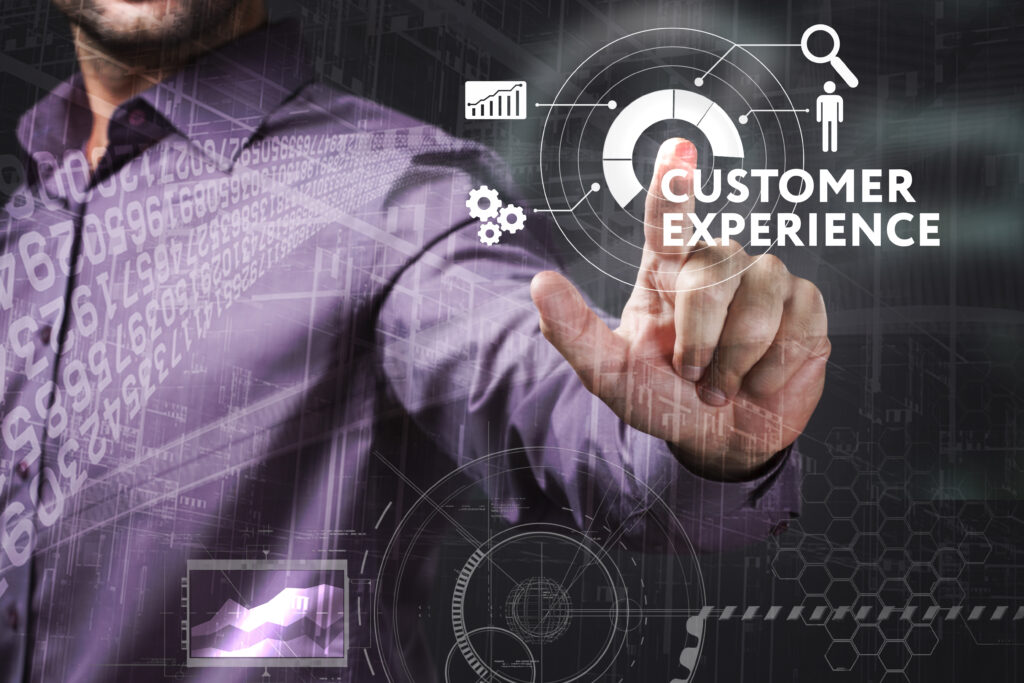6 Ways Customer Data Platforms and Personalization Drive Retail Revenue
December 4, 2018Smart retail executives know they’re under pressure due to changing consumer retail behavior, new technologies, and the influence of digital-first companies like Amazon and incumbent retail giants with massive digital transformation budgets, such as Walmart.
But several recent reports suggest that maybe it’s not enough just to understand what consumers say they want; the trick lies in anticipating the things that they might want, for the right offer and the right appeals. In other words, data analytics and personalization, powered by customer data platforms (CDPs) might just make the difference between those who can’t survive, and those who thrive, in the current cutthroat environment.
Are Data and Personalization the Keys to Survival?
One thing that makes innovators like Amazon so successful in driving profits is their strategic use of technology to build loyalty through positive, personalized experiences. Using customer data brilliantly is the secret to this personalization effort.
And while it has long been known that about half of all shoppers report having bought a product that they had not originally intended to buy, it’s also clear that a ham-handed approach drives people away. Smart personalization blazes a clear path to revenue growth. But uninformed recommendations are ineffective, according to recent reports indicating that 79 percent say they’ll only engage with brands that personalize accurately based on their previous interactions and behavior.
Omnichannel Retail Understanding of Customers Is a Crucial Survival Skill
As the retail world has become omnichannel, customer journeys are in turn becoming increasingly sophisticated, as customers navigate their way to purchase their product of choice. Customers leverage online data before, during and after their purchase, often switching back and forth between online and offline channels, on a single buyer’s journey. More than two-thirds of consumers use smartphones for product research while in a physical store, mostly for price comparison with other retailers, product information, and/or online reviews.
Personalization of the Buyer’s Journey
True omnichannel personalization of “the customer journey” – one that spans online and offline channels – has eluded retailers for years. Part of the problem is that marketers, in an effort to do the best with the data they can access, try a one-size-fits-all to customer personalization. What we really should be discussing are “customer journeys,” plural, because most of the time, people not only come to experience your product through their own unique personalities, but through their own unique trajectories of successive experiences of the product, often through different paths and even totally different channels.
But it’s often tough to manage – or even be aware of – all of these different paths, experiences, customers, and prospects. That’s because most retailers keep their online and offline activities separate and stored in different databases. The data is siloed, because these activities are managed by different teams using entirely separate systems that don’t ‘talk’ to one another, making anything other than a cookie-cutter approach to modeling consumer behavior virtually impossible.
Here’s a clever way to use data to personalize your customer experience. First, gather as much data as you can on your customer. Next, enrich your first-party data with second-party data (partners) and third-party data (DMPs, data marts, etc) to help to fill in the gaps. That’s a good start at creating a clear picture of each customer’s activity and interests, updated in real time.
But how do you go about it? Here are some smart, real-world steps you can take to get started:
- Start with the purchase histories and customer data that you already have. You already have data from receipts, loyalty programs, email campaigns, and where customers live, to name a few important types of information that can help you analyze habits and behavior.
- Add tracking data from mobile devices. The analysis of mobile device location can help you understand your customers’ commuting patterns: for example, knowing how often they are near your store, what day of the week, and what time of day. If you have a mobile app, this data can usually be pulled directly provided the user has location services enabled. If not, you can look into partnering with location service partners to get this data.
- Add “in-store” data from sensors, beacons or in-store WiFi. Information such as when a customer is inside your store, which aisles or departments they’re spending time in, and what they’re buying is the next step. In-store sensors or beacons are an easy way to do this. But if you haven’t deployed those yet, you can get started by pulling data from customers who connect to your in-store WiFi. If you do, just make sure you update your terms and services to inform people that location data can be tracked while they’re connected to your WiFi.
- Combine the mobile device data with the in-store data into one unified customer profile. After these are combined, you can create customer segments around frequency of visits, in-store paths, and even the “halo effect,” where one customer’s behavior might influence another’s.
- Use the newly created segments to deliver customized coupons to customers while they’re still shopping. Many retailers are experimenting with this location-based approach, with some even tracking the aisle the customer is in and conditionalizing the offers to in-store customer location. Doing this avoids a common pitfall that some retailers suffer when their in-store and digital data is siloed: They only analyze mobile data to deliver mobile coupons and analyze in-store data for paper or email coupons. Muji, for instance, increased in-store revenue 46% by delivering coupons based on in-store shopping behavior, but delivering them in real-time on a mobile device when a customer was near a target item.
- Tie in weather and seasonal trend data to predict behavior and create personalized offers. Customer behavior is often profoundly influenced by weather. That’s why it pays to conditionalize offers based on what you know (or can predict) about the retail behavior of your customer segments. You might have to experiment some, with A/B testing on different offers, to tease out the details for your particular customers and product lines.
Customer Data Platform Technology Helps
A customer data platform (CDP) is key to marketing success as it collects and unifies data across the enterprise for a single, actionable view of your customer. Increasingly, these platforms are used to create and manage complex data sets that represent every detail needed to map a customer’s brand experience and create one source of truth for every customer profile. These profiles can then be shared with other marketing systems for the purpose of personalized marketing and/or predictive analytics.
Now more than ever, CMOs should be efficiently harnessing the data — providing their teams with tools that can measure customers’ propensities, frequencies, and rates to engage and purchase. Within a CDP, machine learning (ML) can be useful in finding your ideal customer segments based on a deep analysis of first, second and third-party data, personalized customer journey data, advertising/retargeting data, web personalization and recommendation engine data. It can also be used to pick the best creative and messages for each segment.
The sooner CMOs have the power to collect, aggregate, process and use big data more effectively, the better prepared they will be for success in the marketplace. The forward-thinking leaders in the industry are already moving towards a future of retail innovation, one where online and in-store will work together to generate loyalty and a smarter, more integrated shopping experience. CDPs, and the deep customer understanding they generate, might just be what saves some of these embattled companies.


